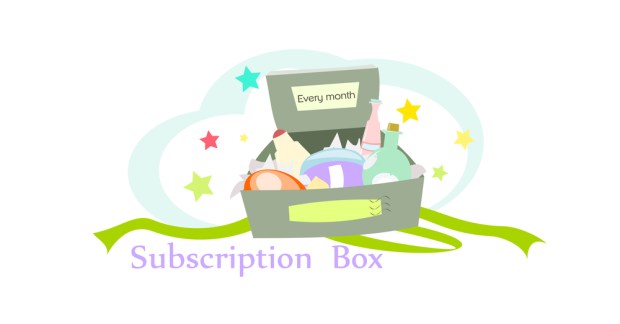Direct To Consumer: Subscription Boxes For All

Subscription boxes have slowly worked their way into becoming a staple of the modern home. From Birchbox to Blue Apron, Stitch Fix and BarkBox, there doesn’t seem to be a corner of the retail industry that doesn’t have its own version. Through these companies and more, consumers are able to check out products on a smaller scale without breaking the bank.
The goal through most of these monthly eCommerce commitments is not only to expose consumers to more products than they typically encounter but to convert sales for any company that partners up with subscription box services. In the month of April 2017 alone, subscription box company websites received 37 million visitors, which is said to be an 800 percent increase from 2014, according to Hitwise’s data. The top two subscription box categories that were visited were grocery box/food delivery (33 percent) and beauty (35 percent). Coming in third with just 16 percent of the share was apparel.
As eCommerce continues to grow, subscription boxes fill a special niche for both consumers on the go and those who want to adventure into new brands. In their unique way, subscription boxes are helping to more directly deliver products, boosting the consumer experience and cutting out the middle man. PYMNTS recently explored subscription boxes and what’s driving the industry with a Blue Apron spokesperson. Its spin on grocery boxes pushes the boundaries for this niche offering, as consumers can fine tune their selection at their own discretion at any time, thereby not applying pressure to constantly purchase. Customized selection, food delivery and an enhanced consumer experience are what’s at the core of Blue Apron.
“Our platform allows our customers to manage their deliveries in a variety of ways, depending on what suits them best,” said Blue Apron. One of the key factors in some subscription boxes is that personalization on a granular level is of top priority for companies. Through customer service, companies can provide consumers with their preferred products, helping further today’s new standard of customized retail. Unique experiences and quality customer service are what most retailers are looking to provide in order to repeat, attract, retain and maintain the process of consumer engagement. Subscription boxes are one of the newer ways in which to help fuel this process.
In its first year alone, Blue Apron saw a 338 percent growth from $77.8 million to $340.8 million in net revenue. Last year, the company generated $795.4 million and has no plans on slowing down. “We are always exploring opportunities to expand our core product to fit more lifestyles. We are developing product initiatives to fit the lifestyles of a broader customer set in order to continue to expand our addressable market,” said Blue Apron.
In the United States alone, there are 5.7 million subscribers to the vast array of subscription boxes. While Blue Apron may fall outside the lines of the traditional subscription box, it’s part of a growing trend that’s shaping today’s ever-evolving retail industry.
In Direct to Consumer news this week, BarkBox has expanded its retail footprint by partnering up with Target. Through this pairing, BarkBox’s parent company, Bark, will be selling its treats and toys on Target’s website and in its brick-and-mortar locations.
The rumor mill is churning, and some are talking about a possible acquisition of Birchbox by brick-and-mortar retailer Walmart. While neither company has confirmed this news, many in the media are speculating at what will happen with the beauty subscription box company in the coming months.
With these new developments in the niche arena of direct to consumer, it may be safe to say that subscription boxes are not going anywhere any time soon. What started off as an entrepreneurial endeavor for many looks to be turning into fruitful partnerships that may be playing a significant role in the retail industry.
